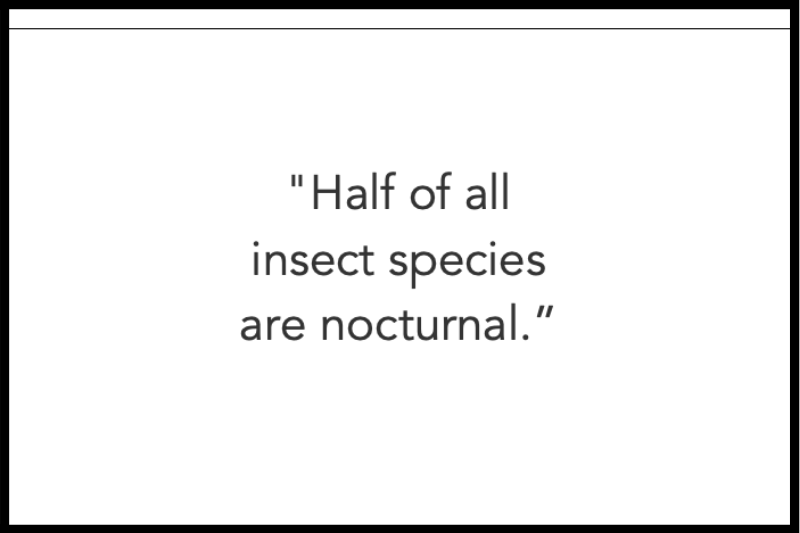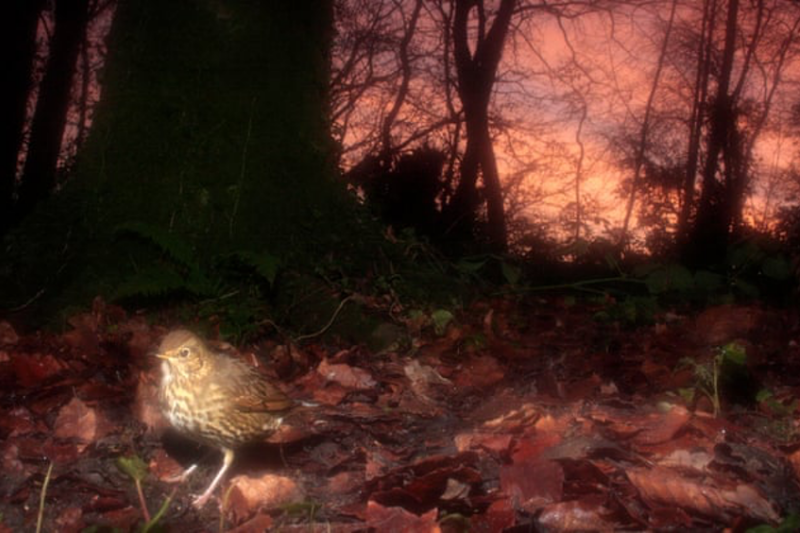Artificial light plays a large — and overlooked — role in ongoing insect declines around the world, researchers found.
“Light pollution is growing very quickly,” said Brett Seymoure, a postdoctoral fellow at Washington University in St. Louis and the lead author of a study published recently in Biological Conservation. “It’s growing at a much faster rate than [human] population growth.”
A number of recent studies have been tracking an ongoing “insect apocalypse.” One review published in April shows found that 40% of insect species face extinction, including land insects like dung beetles, butterflies, moths, wasps, sawflies, bees and ants. Aquatic insects like dragonflies and damselflies, stoneflies, caddisflies and mayflies have already lost a number of species, the review found.


